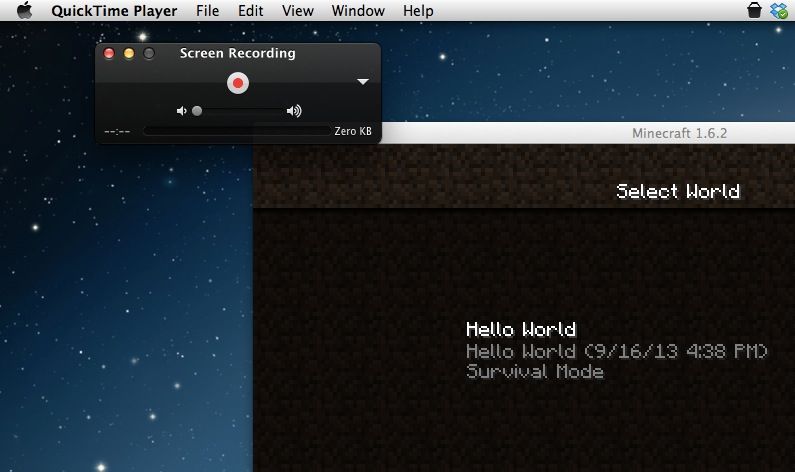

- Sunflower audio add on for mac quicktime how to#
- Sunflower audio add on for mac quicktime pdf#
- Sunflower audio add on for mac quicktime install#
- Sunflower audio add on for mac quicktime driver#
- Sunflower audio add on for mac quicktime software#
Sunflower audio add on for mac quicktime install#
After you install this video editor, click the shortcut on the desktop to launch it. HOW TO – Export an mp3 out of GarageBand 29,446 views Copy the captions by pressing Edit > Select All then Copy > Paste. 1 Import your QuickTime video files to the program.HOW TO – Create a Hyperlink (Turn a Word into a Link) 42,916 views.
Sunflower audio add on for mac quicktime pdf#

QuickTime is an application that comes with the macOS.
Sunflower audio add on for mac quicktime software#
Now, not only will your audio application capture what your Mac plays, but you’ll be able to listen to the source audio as well. How To Record Audio On Mac Using QuickTime. Use macbook to bring software recording screen + screen sound + no screen sound (requires plugin).
Sunflower audio add on for mac quicktime driver#
This new-and-improved audio driver replaces Soundflower and provides a bunch of new features and improvements in order to make recording audio more stable and easy to do. Click the Soundflowerbed menu bar item that appears and choose your speakers or headphones from the menu. iShowU Audio Capture is an extension to OS X used by iShowU Studio and iShowU Instant to record audio from your computer. In order for you to monitor what’s happening, launch the Soundflowerbed application (found in /Applications/Soundflower). When you choose Soundflower as your Mac’s audio output you can no longer hear it through attached speakers or headphones. When your Mac makes sound you should see it register in the track’s meters. In the Browse tab of the Info pane choose Stereo 1/2 Soundflower (2ch) from the Input source pop-up menu. If the Info pane for the track doesn’t appear, choose Track -> Show Track Info. Open GarageBand’s preferences, select the Audio/MIDI tab and from the Audio Output and Audio Input pop-up menus choose Soundflower (2ch). Use the default tempo and time- and key-signature settings that appear in the New Project Template window and click the Create button. This creates a GarageBand project that contains a single digital audio track. You set up GarageBand by launching the application and in the New Project window that appears choosing Acoustic Instrument. When you’re ready to begin your capture, just click Record. Maximum-quality recordings produce uncompressed. Click the Options pop-up menu, then choose any of the following recording options: Microphone: Choose a microphone (if you have more than one available). From the menu that appears choose Soundflower (2ch). In the QuickTime Player app on your Mac, choose File > New Audio Recording. use any USB-to-audio input device you please most automatically recognize on the Mac. In the Audio Recording window that appears click on the downward-pointing triangle to the right of the Record button. You need to install Soundflower in order to run it on El Capitan. To configure QuickTime Player choose File -> New Audio Recording.

You have a couple of applications on your Mac that can capture Soundflower’s audio-QuickTime Player and GarageBand. Step 3: Configure your capture application


 0 kommentar(er)
0 kommentar(er)
